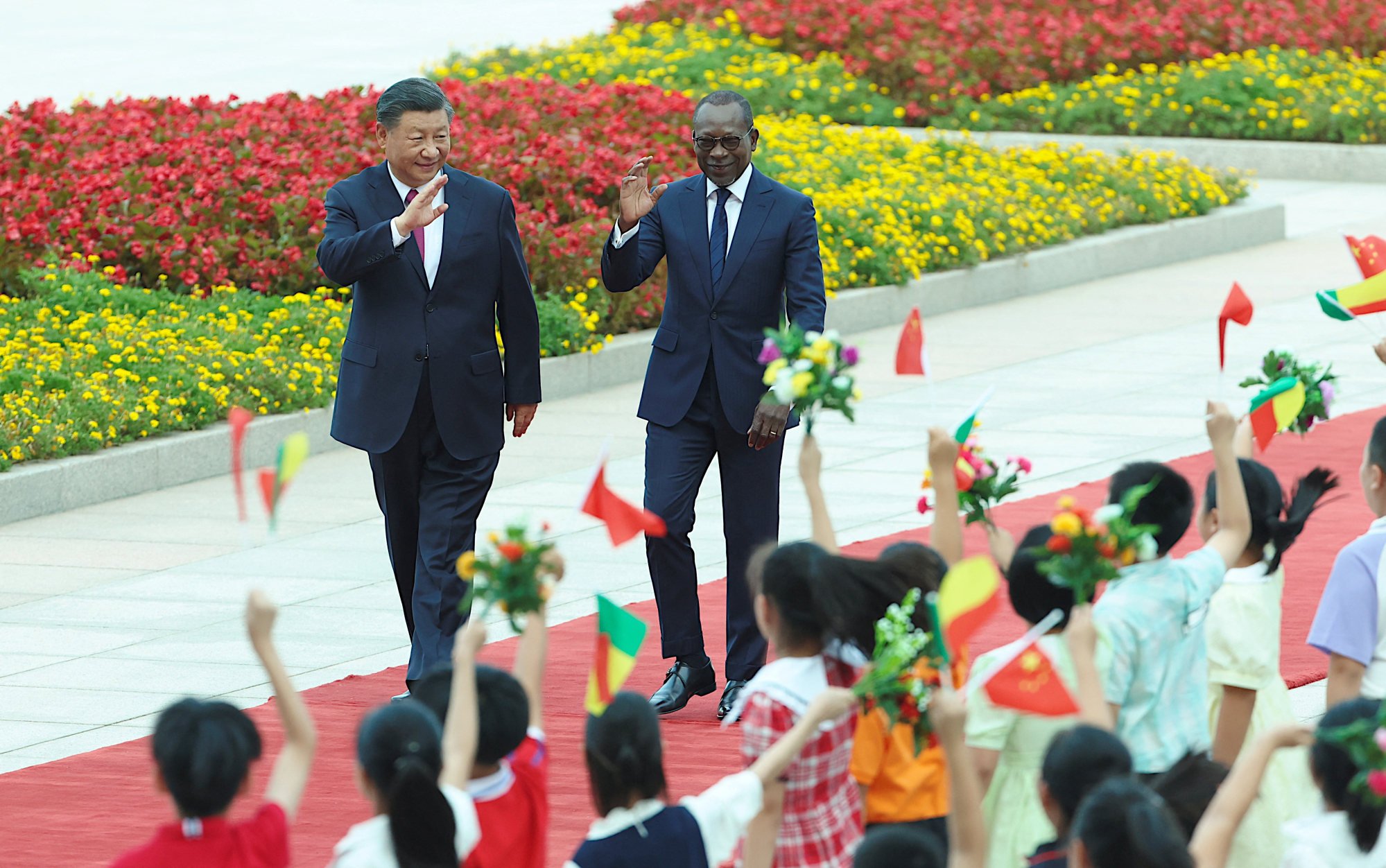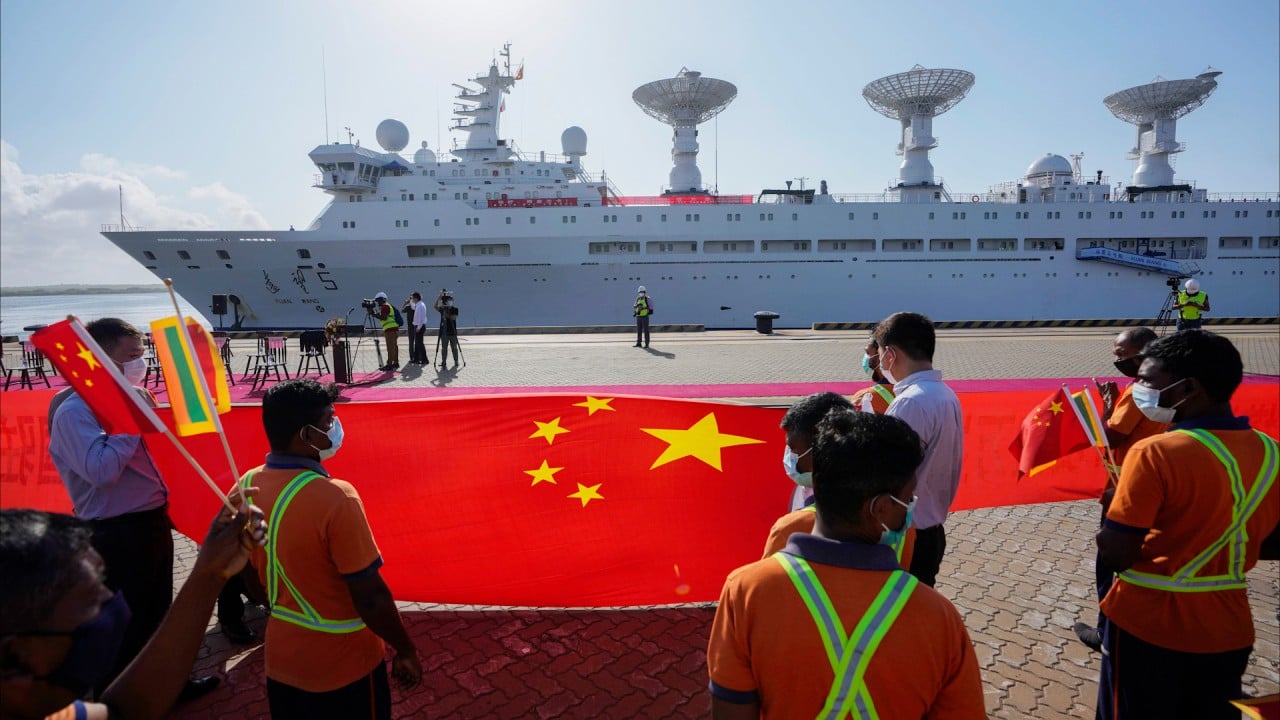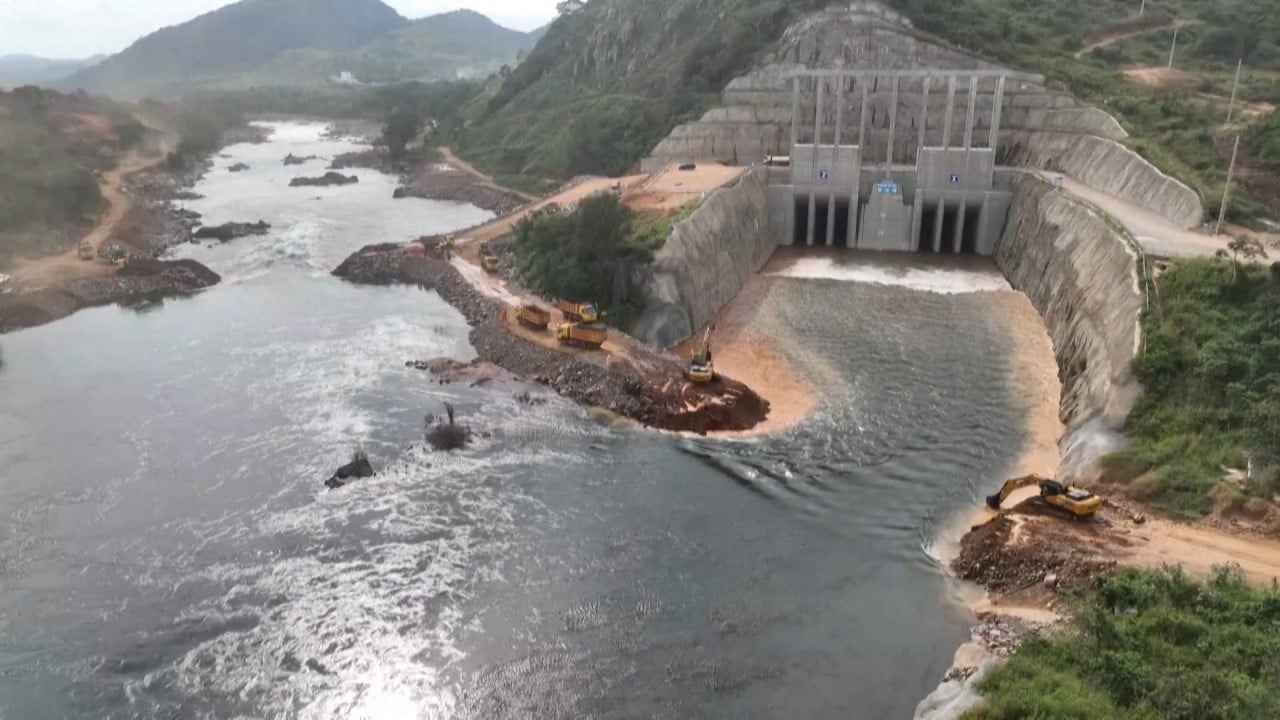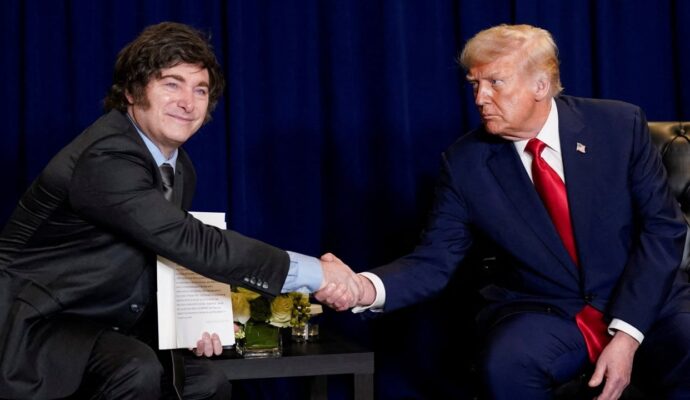“This trend is more significant in terms of the number of loans, plummeting from 184 to 32 in the subsequent pandemic years,” the study noted.
Senegal, Benin, Ivory Coast, Angola, Uganda, Ghana, Rwanda and the Democratic Republic of the Congo were the borrowers in 2021-2022.
Advertisement
Of those, it was West African countries, which have historically borrowed less from China, that stood out for taking the biggest share of the Chinese loans to Africa over those years.
In fact, US$1.92 billion, or 86 per cent, of the Chinese money went into funding projects in West Africa, with Senegal, Benin and Ivory Coast being top borrowers.
Senegal borrowed US$923 million in the two years to fund the construction of roads, data centres and water projects, Benin received US$710 million and Côte d’Ivoire received US$200 million in loan commitments from China.
In contrast, the study said only two of the historically top 10 borrowers – Angola and Ghana – received any loan commitments during this period.
Advertisement
“Given the prominence of Southern and East Africa’s borrowing, West Africa’s borrowing in 2021-2022 is noteworthy,” the study said.
Advertisement
Angola’s interest payments double as Chinese debt freeze ends
Angola’s interest payments double as Chinese debt freeze ends
When the initiative was first announced in 2013, only East Africa and the Horn of Africa were included, with the idea of developing a trade cooperation zone near the Suez Canal, according to the study.
Advertisement
“[Recently] China has shown significant interest toward Senegal, which could be attributed to its diplomatic clout and financing demands for its development,” the study noted.
Lauren Johnston, a China-Africa researcher at the South African Institute of International Affairs in Johannesburg, noted that West Africa was geographically farther from China while its commodities markets were also intertwined with Europe and the US. She said the new focus on West Africa could be seen as a second stage of the Belt and Road Initiative in Africa, shifting from a focus on the east and south of the continent towards West and francophone Africa.
Advertisement
“It’s interesting that these new focal countries are important West African port or coastal economies that are typically also less resource rich; for example, Ghana, Benin and Senegal are now in focus,” Johnston said. She said that countries including Kenya, Tanzania and Mozambique in East Africa, which have coastlines, provide transport gateways to international markets.

“They are the nodes that can then also help landlocked economies become land-linked economies,” Johnston said. In other words, China’s new focus on those West African economies might also be good news for countries like Burkina Faso, Chad, Mali and Niger.
Overall, the study estimated that from 2000-2022, 39 Chinese lenders provided 1,243 loans amounting to US$170.08 billion to 49 African governments and seven regional institutions.
Researchers at Boston University said that through a combination of greening the Belt and Road Initiative, the China-Africa High-Quality Belt and Road Cooperation and the “small and/or beautiful” approach, future lending to Africa could mean fewer large-scale loans over US$500 million, more loans with smaller values under US$50 million and loans with more beneficial social and environmental impacts.
One of the study’s authors, Oyintarelado Moses, a data analyst and database manager for the Global China Initiative at the Boston University Global Development Policy Centre, said although levels of Chinese loans to Africa have declined in recent years, the country’s influence would continue to be felt.

“China’s overall lending to the continent has already served a purpose,” she said.
“Lending has contributed to development, expanded diplomatic exchanges and strengthened market integration between China and African countries. Given this established foundation in the China-Africa relationship, China will likely sustain engagement with the region through commercial and diplomatic channels, even if low lending levels persist,” Moses said.
Gyude Moore, a senior policy fellow at the Washington-based Centre for Global Development and a former public works minister in Liberia, explained the focus on West Africa as simply being that those projects matched Chinese interests.
“[It is] probably more likely that in the new reality of ‘small is beautiful’ and more stringent Chinese lending criteria, West Africa has delivered more projects that align.”
He said while the drop in lending to Africa during the pandemic years compared to the pre-pandemic period was significant, it was not particularly surprising. He noted that Chinese lending for capital projects in the region had been trending down since 2016.
“With many countries struggling with debt and some effectively shut out of capital markets, it seems prudent that China would temper its lending,” Moore said.
He said beyond the continent’s debt difficulties, “China is also facing significant economic headwinds at home”. Ultimately, it is likely that a combination of these two trends have contributed to the decline in both the value and number of Chinese loans for African projects, Moore said.
Meanwhile, Deborah Brautigam, a professor of international political economy at Johns Hopkins University and founding director of the China Africa Research Initiative, pointed out that the countries where Chinese banks are still lending are mainly those at low risk of debt distress.
For others, China Eximbank said that debt service suspensions would make them ineligible for new finance for the foreseeable future, she said.
“It’s clear that the risks of lending in Africa are sharply higher, and Chinese banks are wary of lending into this environment until it is clear how defaults will be treated,” she said.
Advertisement



